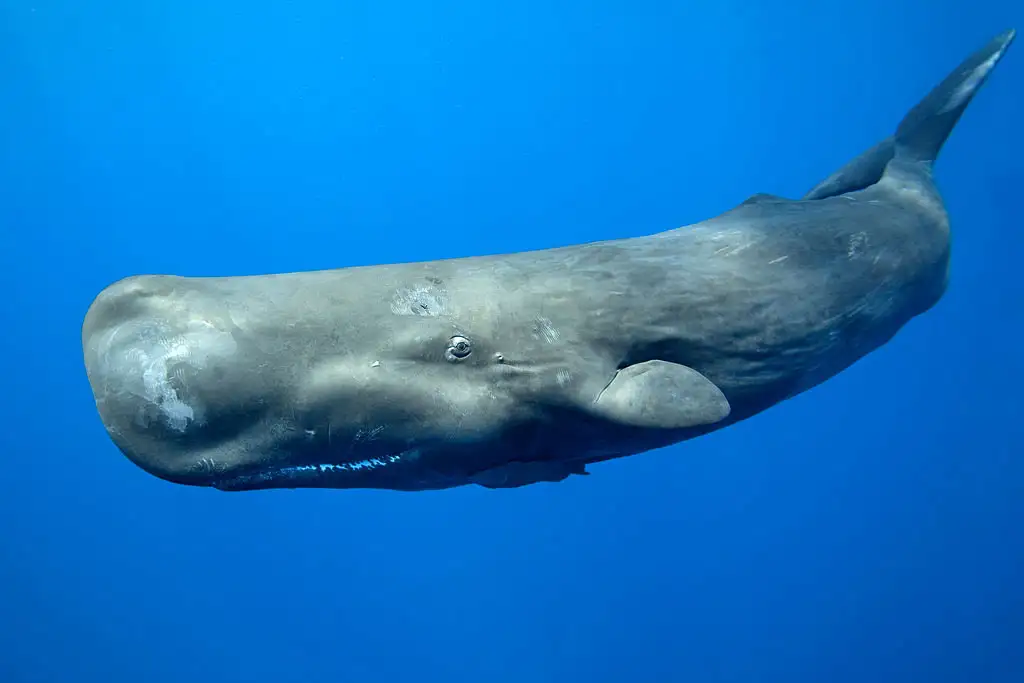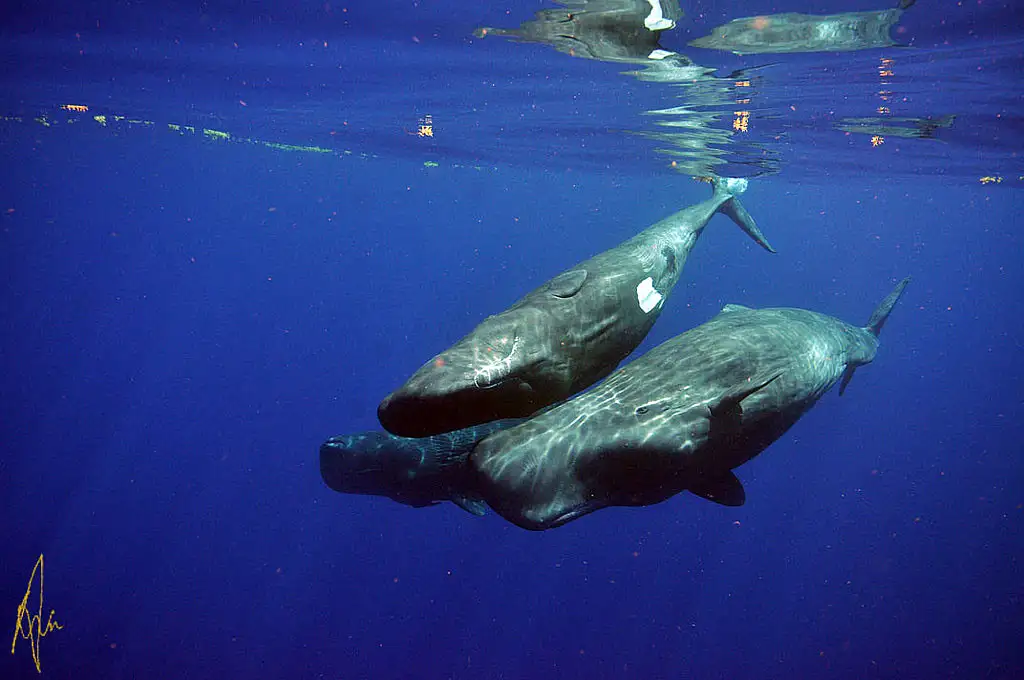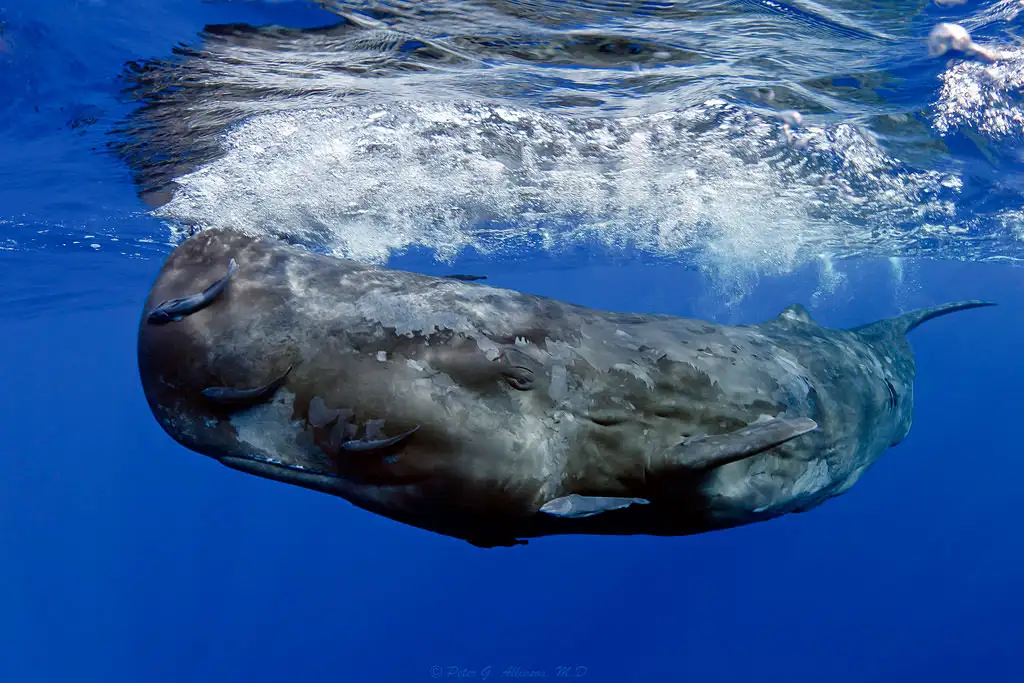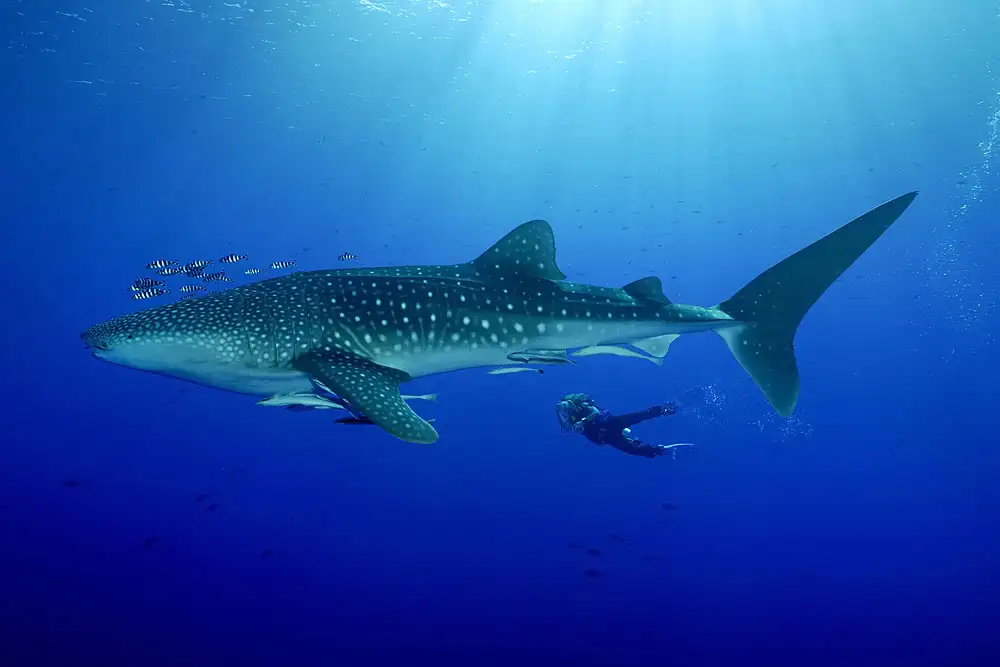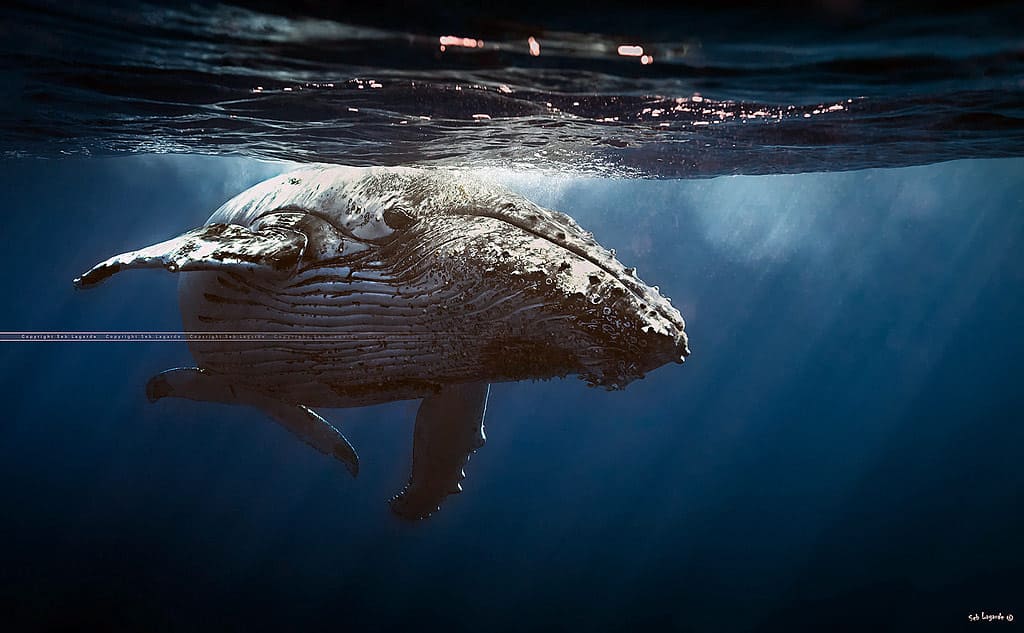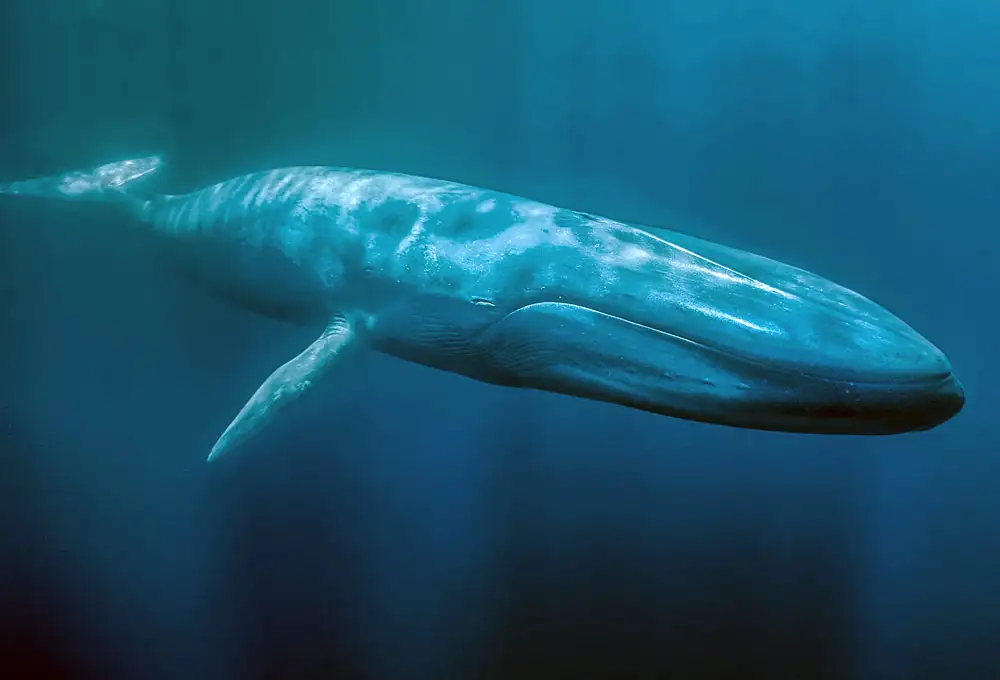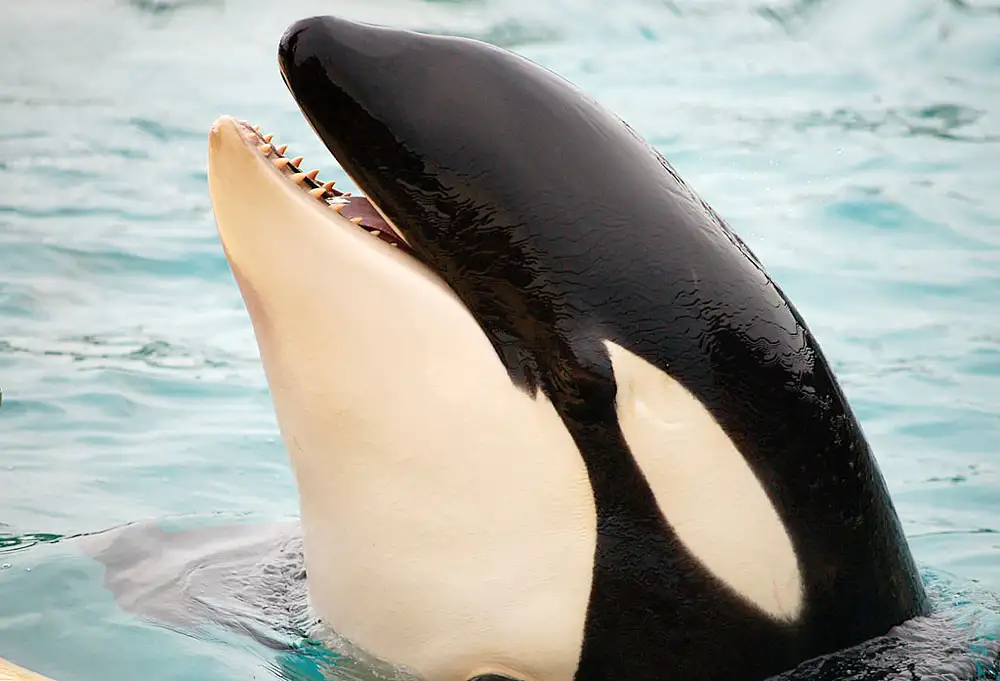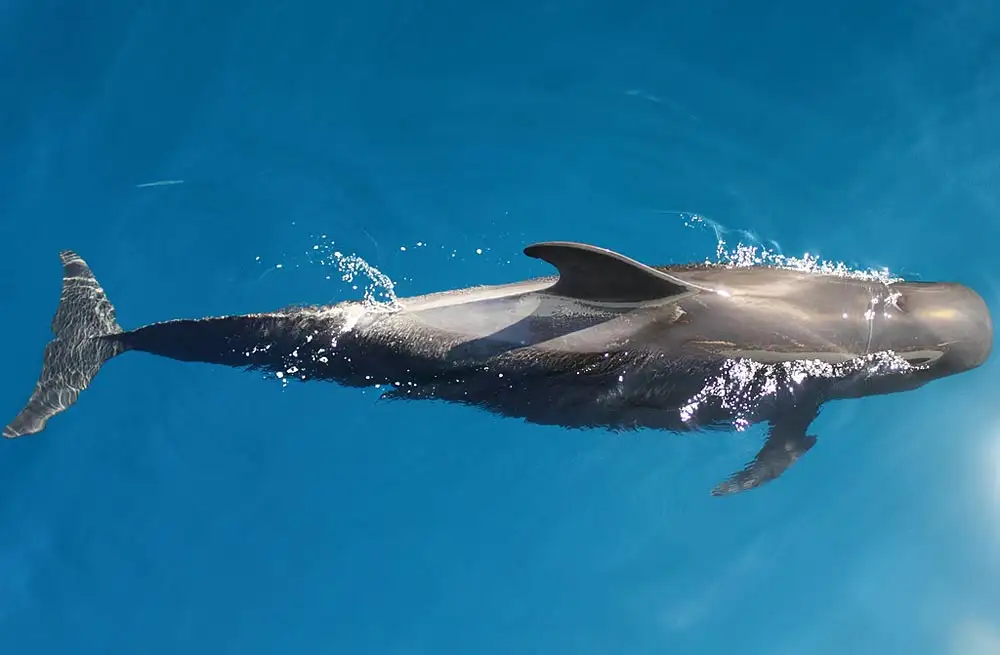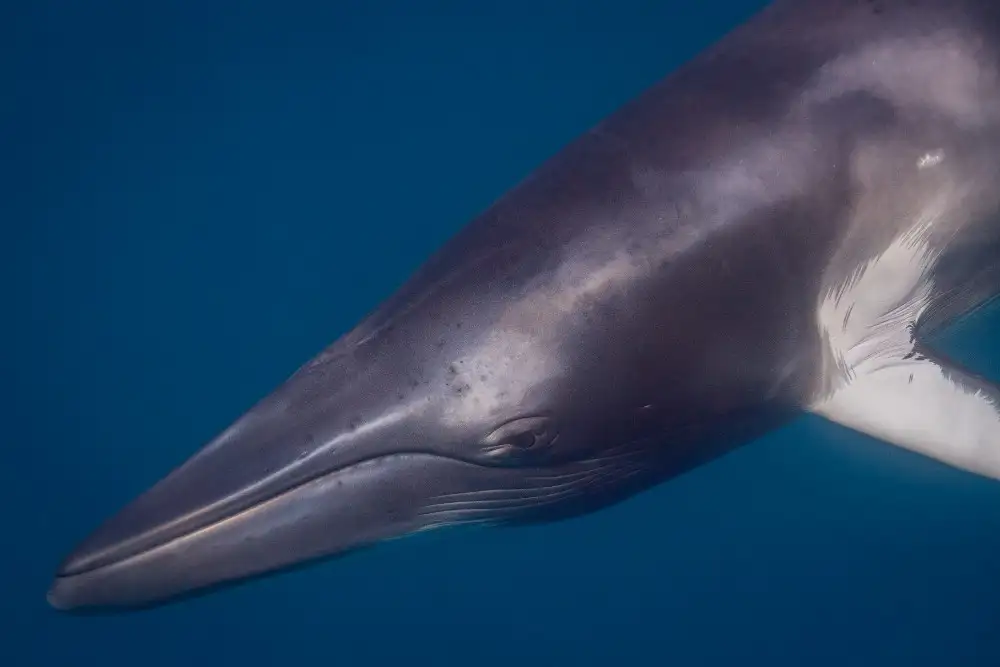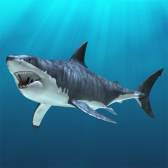Sperm Whale
IUCN
VUBasic Information
Scientific classification
- name:Sperm Whale
- Scientific Name:Physeter macrocephalus
- Outline:Giant Fish
- Family:Physeteridae Physeter
Vital signs
- length:F: 8.5–12 m; M: 13–18 m (up to ~20 m)
- Weight:F ~15 t; M ~30–50 t
- lifetime:~60–70 years
Feature
Largest toothed whale; deep‑diving squid hunter; matrilineal units; male high‑latitude wanderers; left‑angled blow.
Distribution and Habitat
Deep oceans and continental slopes/canyons worldwide; upwellings and seamounts favoured.
Appearance
Huge square head; tiny dorsal hump with crenulations; dark grey‑brown with sucker scars; narrow tooth‑bearing lower jaw.
Details
Sperm whale (Physeter macrocephalus) is the largest living toothed whale and one of the ocean’s apex predators, in the family Physeteridae. Its massive square head—over one‑third of body length—houses the spermaceti organ, key to biosonar and likely thermo/ buoyancy regulation. A champion deep diver, it routinely descends to 800–1200 m (max >2000 m) for 45–60+ minutes to hunt squid. IUCN: Vulnerable (VU).
Ecology & Behaviour
Diet dominated by cephalopods with fishes taken opportunistically. Females and juveniles live in matrilineal units with cooperative care; adult males are more solitary or in bachelor groups and shift to higher latitudes with age. Acoustic communication includes stereotyped “codas” that form vocal dialects among clans.
Identification
Robust body; tiny dorsal “hump” followed by crenulations; dark grey‑brown with scars and circular sucker marks. Narrow lower jaw with functional conical teeth (upper jaw teeth rarely erupt). Left‑skewed blowhole produces a low blow angled 15–20° forward‑left.
Range & Habitat
Worldwide over deep ocean basins and along continental slopes/canyons; productive waters near upwellings and seamounts are favoured. Adult males more common at high latitudes; nursery groups concentrate in tropical–subtropical belts.
Threats & Conservation
Historical commercial whaling with lasting demographic effects.
Entanglement & ship strikes in longlines, gillnets and busy shipping corridors.
Anthropogenic noise (shipping, seismic surveys, sonar) disrupting foraging and movement.
Pollutants & debris ingestion (POPs, metals, plastics); ambergris occasionally formed in the gut.
Climate‑driven prey shifts in deep‑pelagic cephalopods.
Priorities: gear modifications and ropeless trials, vessel speed/route management, noise‑mitigation planning, dynamic protection of key habitats, and coordinated stranding‑response and long‑term acoustic monitoring.
FAQ
Q1. What is the spermaceti organ for?
Central to biosonar sound production and likely involved in thermal/buoyancy regulation; the waxy oil is “spermaceti”.
Q2. How deep/long are dives?
Typically 800–1200 m, with maxima exceeding 2000 m; dives commonly 45–60+ minutes.
Q3. What is ambergris?
A waxy intestinal concretion occasionally expelled by some individuals, historically prized as a perfume fixative.
Q4. Social structure?
Matrilineal female/juvenile units; adult males roam widely, often to higher latitudes, and are more solitary.

